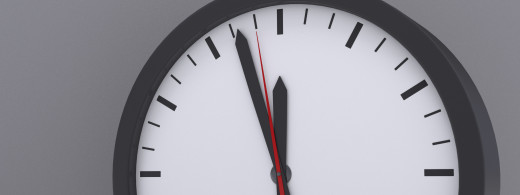SAT Evidence-Based Reading and Writing
The SAT's Evidence-Based Reading and Writing section (EBRW) is divided into a Reading Test and a Writing and Language Test. The Reading Test includes 52 multiple-choice questions and a total test timing of 65 minutes. All of these questions are on reading passages in a variety of subjects, from history and politics to science and social studies. The emphasis is on the ability to reproduce information stated or implied in the reading passages. The Writing and Language Test features 44 multiple-choice questions, for which test-takers are given 35 minutes. Writing and Language Test questions focus on the technical aspects of language use, such as grammar, punctuation, and word choice. Reading passages on this test are also drawn from a variety of academic subjects. EBRW texts do not require specialized knowledge to understand, and the passages are all self-contained (all necessary information will be included).
SAT Math
The SAT Math section lasts for a total of 80 minutes, divided into two sections. Calculator use is not allowed on the first section (25 minutes and 20 questions), while a calculator is permitted on the second section (55 minutes and 38 questions). There are two types of questions on the SAT Math section: multiple choice and gridded response (the latter involves writing in a numerical answer). Math subjects covered include data analysis, algebra, geometry, trigonometry, and complex equations and functions. Questions may be rendered as word problems, equations, or interpretations of visual information (graphics, charts, and tables). The SAT Math Test assesses quantitative skills in a variety of contexts, including STEM disciplines and social sciences subjects. This diverse approach to quantitative skills evaluation allows colleges to understand student potential regardless of their intended major.
SAT Essay
On the optional Essay section of the SAT, students are given 50 minutes to write a single essay on a provided topic. The essay is written in response to a reading passage, which may be a historical document, newspaper article, or other type of writing for a general audience. Essay prompts are typically 650-750 words in length. Students must analyze the author's argument and how he or she attempts to persuade the reader, and test-takers are not asked to take a position on the given issue.
SAT Scoring
The College Board's student SAT score reports include total scores, section scores, test scores, subscores, cross-test scores, and essay scores. Section scores for EBRW and Math are given on a scale of 200 to 800 each. The student's total score is the sum of both section scores (400 to 1600). These scores are calculated by converting raw scores (the total number of correct answers, with no penalty for guessing) to scaled scores that account for minor variances in test difficulty. Students also receive test scores for the EBRW section's Reading Test and Writing and Language Test as well as a Math Test score (test scores are reported from 10 to 40). Subscores (1 to 15) are associated with seven areas within these tests (two from both EBRW tests, two from the Writing and Language Test only, and three from the Math Test). Selected questions from all three tests contribute to cross-test scores for Analysis in History/Social Studies and Analysis in Science (cross-test scores are given on a scale of 10 to 40 each). The essay is scored separately from 2 to 8 in three areas: reading, analysis, and writing.

